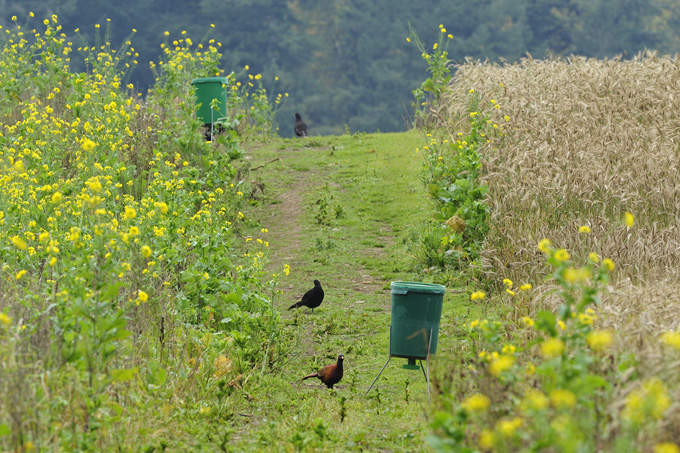The GWCT is actively contributing to this debate and, in a recent paper, we updated our estimate of releasing (47 million pheasants and 10 million red-legs in 2016). Over the past couple of decades, we have done a lot of research on the ecological consequences of releasing, focusing on proposed local effects that were potentially negative. While the birds themselves can have negative impacts on ground flora and soils within release pens, this is generally balanced by management for small game such as game crop planting and woodland management outside the pen (Bird Notes with Julian Hughes).
The broader issue of generalist predators is an important one and warrants serious research. We urge commentators to read the recent BTO paper critically, rather than taking its conclusions for granted. The GWCT is willing to consider the idea that releasing could support higher numbers of some predator species, but the weakness of associations described in the BTO study, and the difficulty of explaining them biologically, does not amount to strong support for this. In reality, the transient nature of releasing and the effects of many other land management factors create a more complicated and nuanced ecological picture that will take considerable effort to unravel.
Rufus Sage
Head of lowland gamebird research GWCT

Download our essential FREE Guidelines for sustainable gamebird releasing, produced by GWCT Advisors.
Download FREE >